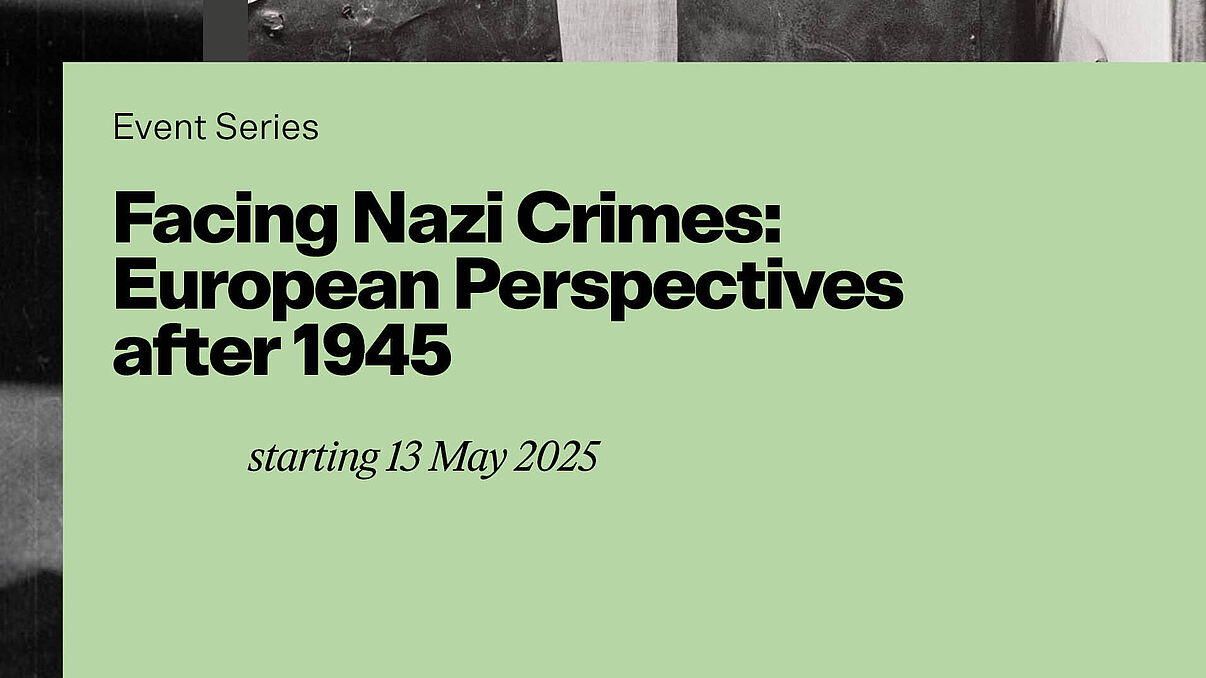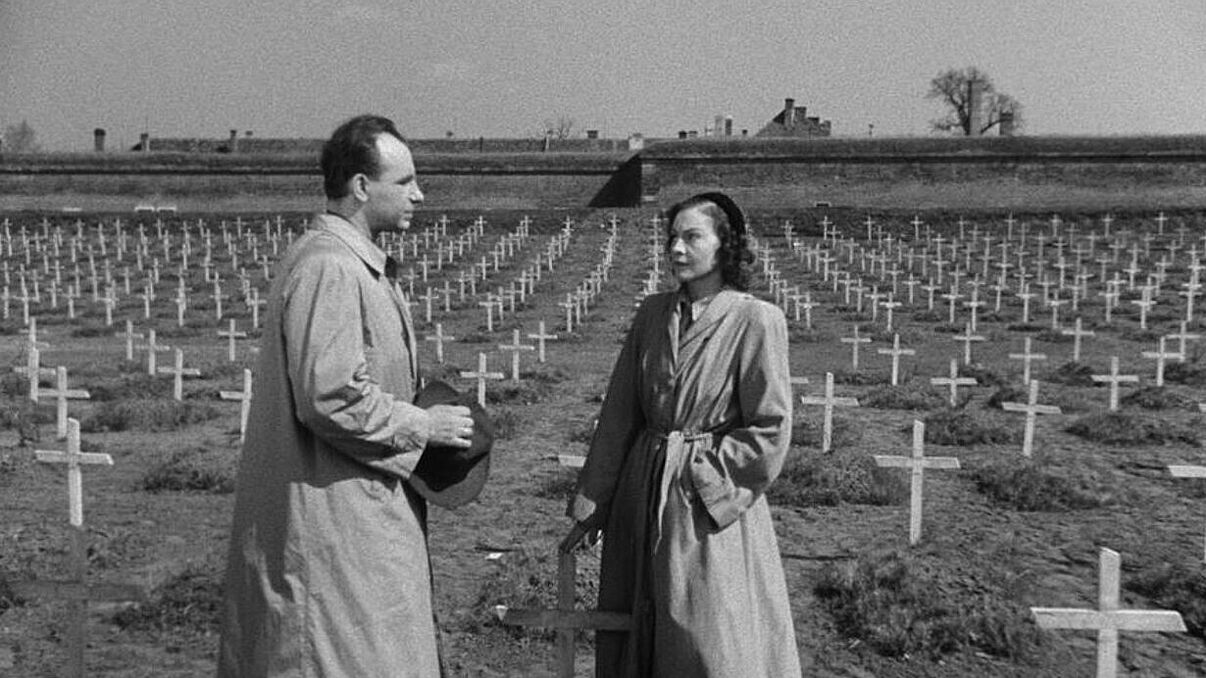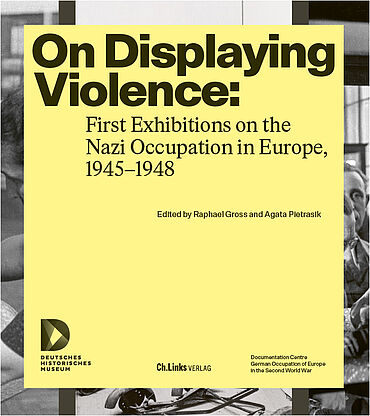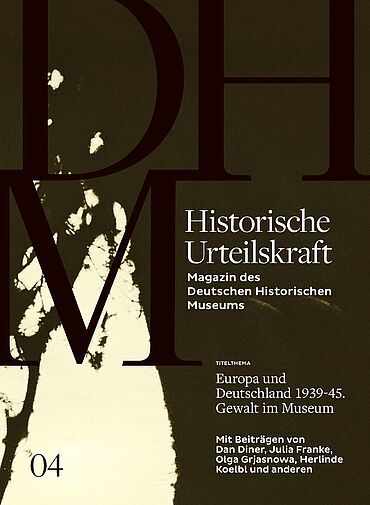

On Displaying Violence: First Exhibitions on the Nazi Occupation in Europe, 1945-1948
An exhibition of the Deutsches Historisches Museum in cooperation with the Documentation Centre “German Occupation of Europe in the Second World War” (ZWBE)
Pei Building, Ground floor
How did post-war societies process their experiences of violence and destruction caused by the Second World War and the concurrent occupation of large parts of Europe by National Socialist Germany? A previously overlooked but historically influential form of coming to terms with this desolation are the exhibitions that were organised in post-war Europe between 1945–1948 by institutions, groups, and individuals from diverse backgrounds. In these times of social hardship, political insecurity, enduring violence, and uncertain future, the exhibitions aimed to document and visualise the consequences of the Holocaust and the Nazi crimes.
For the first time, the Deutsches Historisches Museum presents the history of this pan-European phenomenon through early exhibitions in London, Paris, Warsaw, Liberec, and Bergen-Belsen. The focus is on the different forms and content with which the exhibition organisers – most of whom were victims of Nazi persecution and Holocaust survivors – addressed acts of violence, resistance, loss of cultural heritage, and identification of perpetrators. The different notions of the future that found expression in these exhibitions are also illustrated.
DHM President Raphael Gross on the exhibition
Curator Agata Pietrasik on the exhibition
Booking Offers
-
![]()
-
![Cover of the 4th “Historische Urteilskraft” magazine.]()
Publication
Historical Judgement 04. Magazine of the Deutsches Historisches Museum
The fourth issue of the magazine "Historische Urteilskraft" deals with the German occupation in Europe during the Second World War. International experts such as Sabina Ferhadbegović, Barbara Kirshenblatt-Gimblett, Philippe Sands and Jens-Christian Wagner ask what stories objects can tell about the occupation and the violence associated with it.




